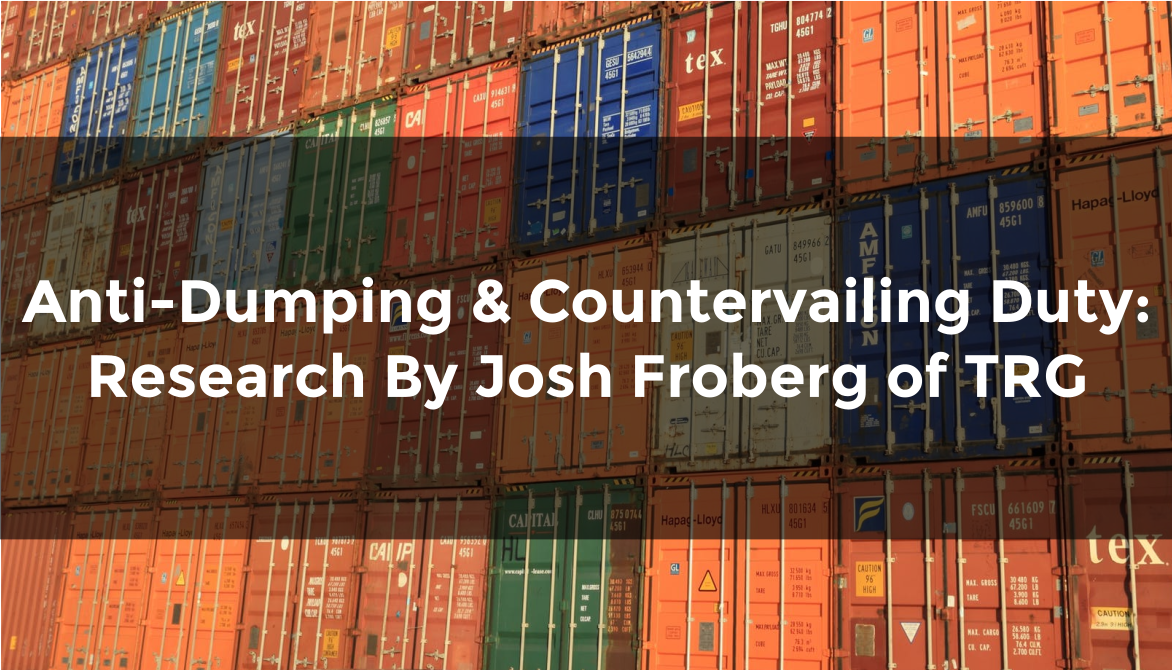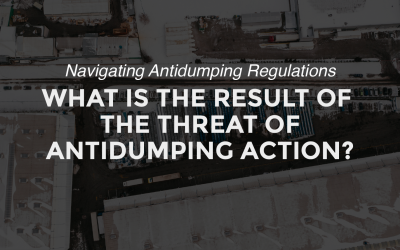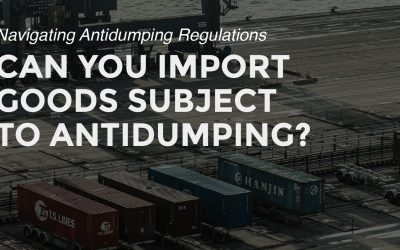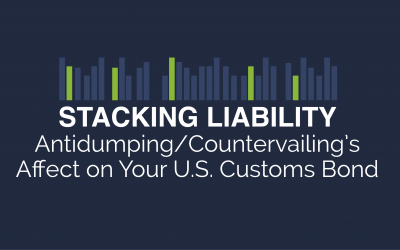Lately, there have been a lot of people looking for information on Anti-Dumping & Countervailing Duty. Josh Froberg of TRG has prepared an extensive research paper on this topic, found below.
Anti-Dumping and Countervailing Duties are duties that are levied by U.S. Customs in order to level the playing field. This is considered a “Priority Trade Issue” and is meant to allow fair trade and deter unfair trade. Dumping is defined as selling at a price below fair value, and Countervailing is defined as a foreign government subsidizing its industry that exports to the United States. There is an extensive process in the investigation, reviewing and enforcement of an Anti-Dumping and Countervailing Duty.
Process of Anti-Dumping & Countervailing Duty Investigations
The whole process starts when a domestic industry or competitor in the industry sends a petition simultaneously to both the Department of Commerce and the International Trade Commission. The Department of Commerce is then responsible for determining the existence of sales at less than fair value or of subsidy programs. The International Trade Commission is responsible for determining whether a U.S. industry is being or is likely to be materially injured by the existence of the dumping or subsidy. When an investigation by the Department of Commerce and International Trade Commission is in progress and the Department of Commerce has made an affirmative decision in their preliminary phase, the Department of Commerce will instruct Customs to suspend liquidating entries of the merchandise that is in question until the investigation comes to an end. When this happens, Customs will inform the importer or agent that liquidation of their entries has been suspended due to an investigation. At this point, the importer could, if they were so inclined, try to look for an alternative to the product that is under investigation, that way avoiding having to possibly pay larger duties. The length of time that the entries are suspended depends on if the Department of Commerce conducts an administrative review and if the decision is challenged in the Court of International Trade. The liquidation of the entries may take several years and could liquidate at rates differing from the rate that they have originally entered it.
Varieties of Anti-Dumping and Countervailing Duty
There are three different varieties of anti-dumping and countervailing, and they are determined by how they affect the U.S. industry. The three varieties are a material injury, the threat of material injury, and material retardation. Material injury is defined as harm which is not inconsequential, immaterial, or unimportant. The threat of material injury is just the threat of harm to the U.S. economy. Material retardation is when the establishment of an industry in the U.S. is materially stalled by reason of imports, or sales (or the likelihood of sales) for importation, of the subject merchandise.
For more information on anti-dumping and countervailing, watch our previous webinars on the topic: The Basics of Antidumping and Countervailing and Mitigate the Risks of Anti-Dumping and Countervailing.







